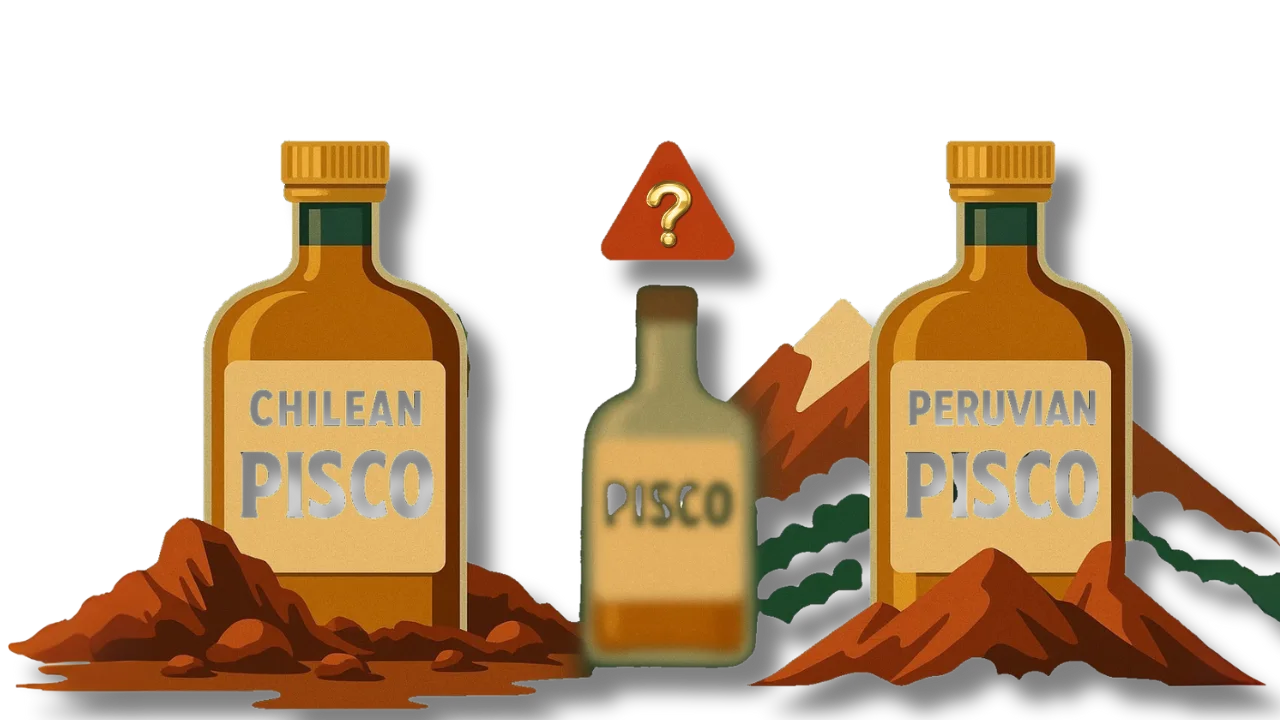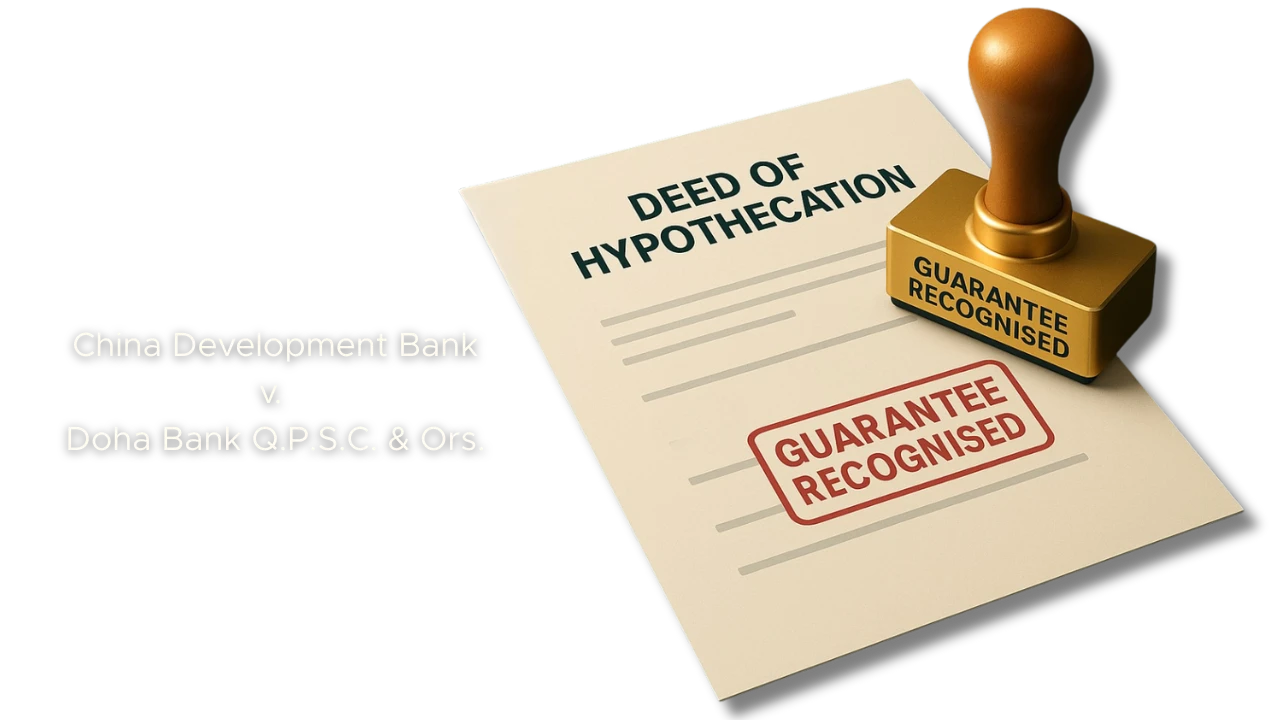Introduction
In the bustling global marketplace, where every product seeks an edge, there’s a unique shield that protects not just a brand, but an entire legacy: the Geographical Indication, or GI. From the famed Darjeeling Tea of India’s misty hills to the sparkling Champagne from France’s chalky vineyards, GIs are guardians of origin, quality, and often, centuries of tradition. But what happens when two passionate claimants from different corners of the map lay claim to the very same name, a shared whisper of history that echoes in their respective products?
Welcome to the spirited world of GI disputes, where the stakes are high, and cultural heritage is on the line. After the intriguing whispers surrounding the “Prada-Kolhapuri Chappal” debate (a fascinating collision of high fashion and humble craftsmanship), we now turn our gaze to a recent legal skirmish in the Delhi High Court, a compelling saga involving a beloved grape brandy: Pisco1. This isn’t just about a drink; it’s about identity, history, and the delicate dance of intellectual property law.
At the heart of this legal ferment lies the case of Asociacion De Productores De Pisco A.G vs Union of India. The protagonists? Chilean Pisco producers, challenging an earlier decision by India’s IPAB2. The IPAB, in a move that stirred considerable debate, had greenlit the registration of a singular GI, “Pisco,” for Peru, overturning an earlier, more cautious approach by the Registrar in 2009, which had wisely opted for “Peruvian Pisco.”
So, what exactly is a Geographical Indication in India? Our GI Act3, a direct outcome of India’s commitment to the TRIPS Agreement, is designed to safeguard products whose distinct qualities are intrinsically linked to their geographical source. It’s about preventing deception and ensuring consumers know precisely where their product comes from. But like any robust legal framework, it has its nuances, especially when origins overlap.
The relevant provisions that played a starring role in the Pisco conundrum include:
- Section 9(a): The Deception Detector. This clause acts as a gatekeeper, barring GIs whose usage would likely deceive or confuse consumers. Imagine encountering a “Basmati Rice” that never saw the fertile plains of India or Pakistan – that’s the kind of misdirection this section aims to prevent.
- Section 9(g): The False Representation Filter. Even if a name is literally true about an origin, this provision steps in if it falsely represents the goods as originating from another specific territory. It addresses the subtle art of misleading by association.
- Section 10: The Conundrum of Homonymous GIs. This is where the Pisco tale gets truly intricate. Homonymous GIs are like verbal doppelgängers: names that sound or spell alike but designate products originating from different regions, often with distinct characteristics. Think of “Cheddar” cheese – while true Cheddar hails from Somerset, England, countless variations exist globally. Section 10 acknowledges their potential co-existence, provided the Registrar is satisfied that:
- Practical conditions for differentiating the indications exist.
- Equitable treatment of all legitimate producers is ensured.
- Most importantly, there is no consumer confusion.
The Pisco Tussle: A Shared Legacy, A Spirited Battle for Identity
Pisco, a potent grape brandy, has been woven into the cultural and economic fabric of both Chile and Peru for over five centuries. Both nations proudly claim unique production methods and a rich historical narrative surrounding this fiery spirit. But when it came to securing exclusive GI protection in India, history became a battleground.
The saga began with Peru’s application in 2005 to register “Pisco” as a GI in India. Chile, through its association of Pisco producers, swiftly lodged an opposition in 2007, asserting their parallel, deep-rooted history with the beverage. In 2009, the Registrar, acknowledging the competing claims and the potential for confusion, struck a cautious balance: they allowed the registration, but with the specific prefix “Peruvian Pisco.” A seemingly sensible compromise, wouldn’t you agree?
But in the world of GIs, compromises often lead to appeals. Peru, dissatisfied with the prefix, took their case to the IPAB. In a move that sent ripples through the GI community, the IPAB in November 2018 set aside the Registrar’s decision, granting a blanket “Pisco” GI solely to Peru. This outright exclusivity lit the fuse for the Chilean producers’ challenge before the Delhi High Court.
The Courtroom Drama: Arguments That Fermented Over Centuries
The Chilean Petitioner’s Plea:
- A Shared Tapestry of History: Chile argued for a continuous, parallel history of Pisco manufacture, pointing to centuries of production of various Pisco varieties. They insisted this wasn’t mere imitation but a genuine, concurrent evolution of the spirit.
- Distinct Character, Global Recognition: Chilean Pisco, they asserted, is a distinct alcoholic beverage, already recognized by GI protection in countries like Costa Rica and acknowledged in numerous Free Trade Agreements (FTAs) globally. To deny them the name, or force a generic descriptor, would ignore a significant international identity.
- Avoiding Consumer Conundrum: The core of their legal strategy lay in Section 10, highlighting that since Pisco is a homonymous GI, prefixes are absolutely indispensable to prevent consumers from being misled about the specific origin and characteristics of the product they’re buying. Wouldn’t you want to know if your “Pisco” was from Chile or Peru, given their distinct production nuances?
The Peruvian Respondent’s Rebuttal:
- Geographical Dissimilarity: Peru countered that the Pisco-producing regions in both countries lacked true geographical contiguity, emphasizing differing soil and climatic conditions that lead to distinct products. They pointed to their numerous “appellation of origin” registrations for Pisco worldwide as proof of their primary claim.
- Chilean “Misappropriation”: They viewed Chile’s continued use of “Pisco” as an illegitimate appropriation of their heritage, arguing there was no “common Pisco region” in Chile to ensure the identicality and consistency in quality that a true GI demands.
- No Actual Confusion: Peru asserted that their spirit is sold as “Pisco” globally without any prefix, implying consumers are already accustomed to this, and therefore, no significant scope for confusion exists.
The Court’s Balanced Brew: A Judgment that Clears the Air
Justice Mini Pushkarna, in a judgment delivered on July 7, 2025, meticulously applied the provisions of the GI Act, ultimately siding with the Chilean producers and setting aside the IPAB’s order. How did the Court navigate this complex distillation of history, geography, and law?
Firstly, the Court highlighted a crucial conceptual distinction: the GI Act is fundamentally different from the Trademarks Act, 1999. The IPAB had erred by relying on “prior use” – a cornerstone of trademark law – to determine GI ownership. The Court firmly reiterated that GIs protect collective rights tied to geographical origin, not individual “first user” claims in the same vein as trademarks. This subtle but critical difference often trips up legal analyses, doesn’t it? Remember the “Scotch Whiskey” vs. “Peter Scot” debate in India? That too highlighted the pitfalls of conflating these distinct IP rights.
With this clarified backdrop, the Court made several pivotal observations:
- Chile’s Legitimate Claim to “Pisco”: The Court acknowledged extensive evidence of Chile’s long-standing Pisco production and its international recognition. References in FTAs with Canada, the US, Australia, and notably, the EU Regulation (EC) No. 110/2008 (which protects GIs in spirit drinks) all pointed to Chile’s undeniable interest and legitimate claim to using “Pisco” for its goods. This definitively established that the Chilean alcoholic beverage is indeed Pisco.
- Section 9(a) and the Peril of Blanket Protection: The Court emphasized that granting a generic “Pisco” GI solely to Peru would violate Section 9(a) of the Act. Why? Because Pisco is produced in varied geographical regions within both Peru (e.g., Lima, Moquegua, Tacna) and Chile (e.g., Atacama, Coquimbo). More importantly, diversity exists in the types of grapes, distillation methods, and other processes. A blanket “Pisco” tag without geographical identifiers would inevitably deceive or confuse consumers about the specific origin and characteristics of the product they are purchasing. Imagine buying “Indian Curry” and not knowing if it’s from Punjab, Kerala, or Goa – the regionality often defines the experience!
- Section 10 and the Wisdom of Differentiation: This was perhaps the most illuminating aspect of the judgment. The Court, for the first time in such detail, delved into Section 10 concerning homonymous GIs. It drew a compelling parallel with India’s own “Banglar Rasogolla” and “Odisha Rasagola” case, where two distinct versions of the same sweet delicacy from different states were granted GI protection with geographical prefixes to avoid confusion. The Court also referenced Article 23.3 of the TRIPS Agreement, which specifically provides for protection to each indication in the case of homonymous GIs for wines. Given that Chile and Peru both share an alcoholic beverage named Pisco, adding prefixes like “Peruvian” and “Chilean” Pisco was deemed perfectly consistent with Section 10, ensuring practical differentiation, equitable treatment of producers, and preventing consumer confusion.
Beyond the Grapes: A Call for Clarity and Consistency
The Delhi High Court’s judgment on Pisco is a significant milestone. It robustly clarifies the distinct nature of GI law from trademark law, correcting the IPAB’s misstep. The detailed application of Section 10 on homonymous GIs provides much-needed guidance for similar disputes, not just in India but potentially influencing international discourse. This could be a blueprint for other shared heritage products, couldn’t it?
However, the case also subtly shines a light on some procedural inconsistencies within India’s GI registration system. The original article from which this discussion springs pointed out how the Registrar’s decision to add “Peruvian” to Peru’s GI application was done without explicit communication or consent on record, a stark contrast to how “Odisha Rasagola” was handled, where an amended application was sought. Furthermore, the Registrar apparently made no explicit observations on Section 10 requirements when considering the Chilean Pisco application, unlike the “comparative chart” required for Odisha’s sweet treat.
These procedural nuances, though not the focus of the High Court’s substantive ruling, highlight the ongoing need for greater transparency, consistency, and adherence to established rules within the GI examination process. While the Delhi High Court has, with this judgment, poured clarity into a murky legal glass, the administrative processes for GI registration may still need a further refining.
As the world increasingly recognizes the value of unique regional products, cases like Pisco remind us that GI protection is not merely a legal formality. It’s about preserving cultural heritage, fostering fair competition, empowering local communities, and ultimately, ensuring that consumers receive an authentic taste of tradition, distinct geographical identity, and the story behind every sip. The question that remains is: as GI law continues to mature, will its practical implementation flow as smoothly as the finest Pisco? Only time, and perhaps more spirited judgments, will tell!
Citations
- Geographical Indications of Goods (Registration and Protection) Act, 1999
- Asociación De Productores De Pisco A.G vs Union of India WP.(C)-IPD 17 of 2021
- Intellectual Property Appellate Board
Expositor(S): Adv. Anuja Pandit






